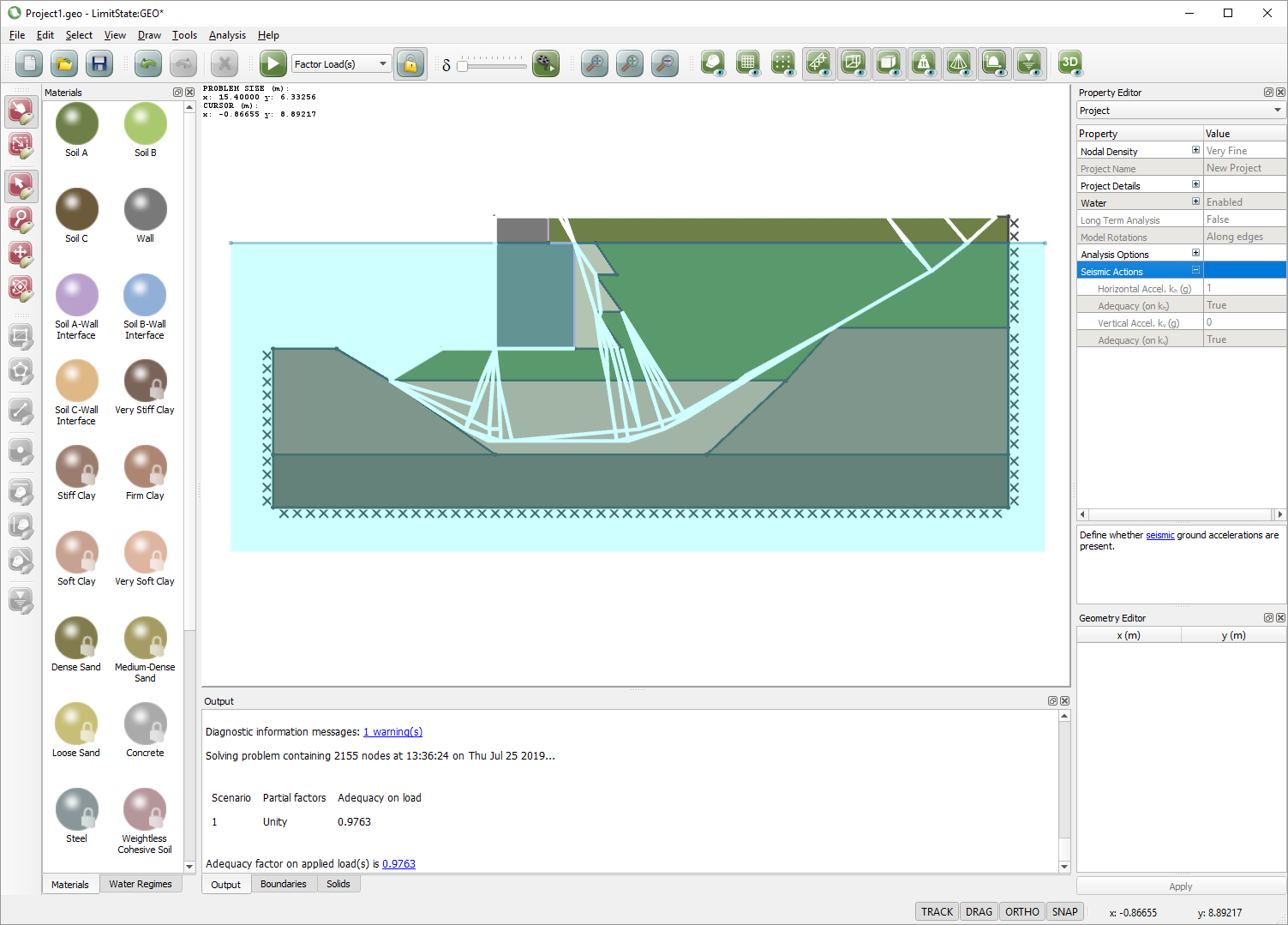Applications
LimitState:GEO uses DLO, a powerful general purpose analysis method. Model any type of geotechnical problem without worrying about how appropriate or accurate the solution will be.
Dispose of slip circles, slices, Terzaghi equations and their associated limitations. Model the real-life circumstances and develop better solutions based on an accurate understanding of the critical failure state.














